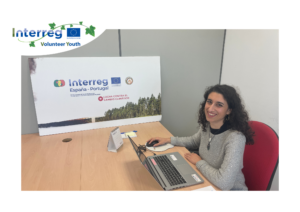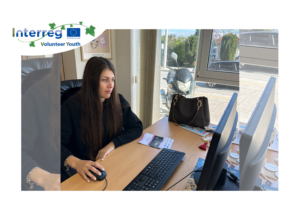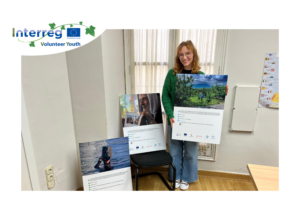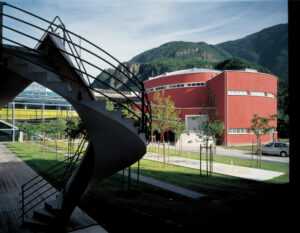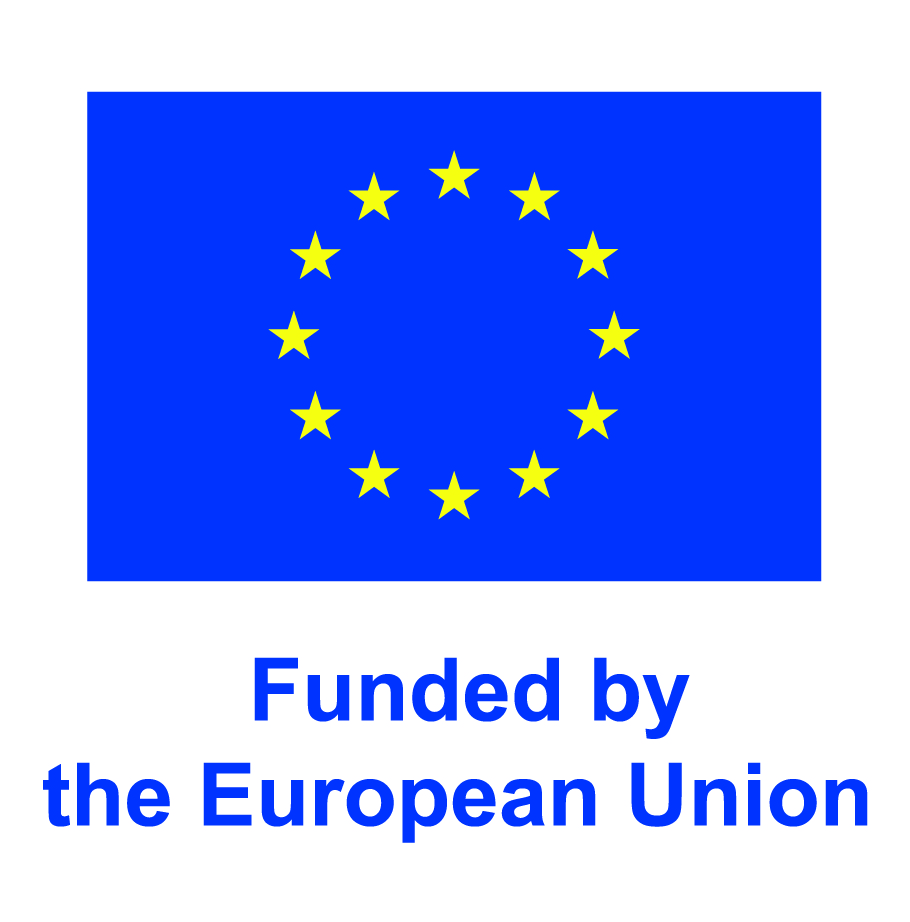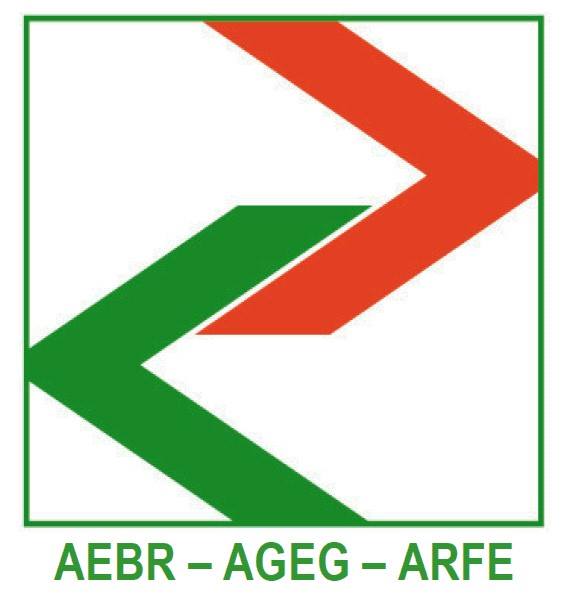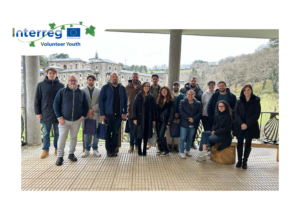
Diving into the Blue Economy with “ATLIC”: A Volunteer’s Perspective
My name is Hugo, and I am currently participating in the IVY program, focusing on the European project ATLIC as part of the Chamber of Commerce of Santiago team. This initiative aims to promote Blue Economy projects across the Atlantic area. The project brings together various entities from different countries, including Ireland, France, Portugal, and northern Spain. It is this diversity, united by a common goal, that makes the initiative truly unique. Thanks to this project, I have had the chance to meet many inspiring people with different perspectives on the Blue Economy, which has greatly increased my awareness and engagement with this field. I have participated in several activities, with more to come. The most recent one was a national stakeholder meeting in Samos (Lugo), where we discussed the key topics to be addressed in the final stages of the program. It was a great experience, and I even had the opportunity to present some of these topics to the participants. – Hugo, IVY Project Partner at Cámara de Comercio de Santiago de Compostela, Chamber of Commerce, Industry, Services and Navigatio Santiago de Compostela, for the Interreg project ATLIC, under the programme Interreg Atlantic Area. Discover more about ATLIC project Click Here Discover more about The Santiago Chamber of Commerce Click Here


